A Guide to Tapas Culture in Spain
We have been lucky enough to spend a fair bit of time in Spain recently. Known for it’s amazing and varied culinary culture, it stands to reason that the Tapas served in Spain varies by region, but is generally always excellent. read on for our beginners guide on understanding Tapas, and where to get the best tapas in the country.
the guide to tapas
WHERE: All of Spain
WHY: It tastes really, really good.
TIME: Every single day that you’re here.
UNDERSTAND
In Australia, a Spanish tapas always serves extremely over-priced Spanish food that seems to always include Calamari and a huge amount of olives. My experience of tapas in Australia has always been a disappointing one - I always leave the restaurant still hungry, and considerably poorer.
However, in Spain, the tapas culture is considerably better. While things vary hugely from region to region, Tapas in Spain are generally small portions of food that are served before or in between meals, and are usually to accompany a drink (read: an alcoholic drink). Tapas are sometimes conflated with aperitivo in Italy, however, in my opinion, while the two share similarities, tapas culture is considerably more fun, and usually involves better food.
In some regions in Spain, they have a huge tapas culture, and the streets are lined by reams and reams of tapas bars. However, in others, such as in Malaga, there is far less Tapas culture. Moreover, in the north, around Pamplona and Basque country, Tapas are called Pinxtos (pronounce: peenchos), and often use more red meat and potato in their tapas. They’re called Pinxtos due to always being held together by a toothpick, a pincho.
HOW DOES IT WORK
Unlike the so called ‘tapas bars’ of Australia, tapas bars in Spain are generally standing affairs, with very limited seating. Tapas bars usually comprise of a tiny bar area, with standing room only, and are usually staffed by one or two bar people, who will be serving both drinks and tapas to patrons. For the most part, a very simple rule is followed; if you buy a drink, you get a tapas. one drink for one tapas. This follows for each additional drink that you buy, so each drink should be accompanied by a small plate of something very, very tasty.
HOW MUCH TO PAY
Traditionally, Tapas come free with the price of a drink. Generally, in order to get a Tapas, you’ll enter a bar of your choice, buy a drink (usually paying about 1-2 euros), and the bar-person will serve you up a Tapas. Most tapas bars are fairly relaxed places, so you’ll just need to order a small glass of beer, a vino-locale, or even a vermouth - they’ll all be accompanied by a small tapas plate. Most restaurants tend to have a speciality Tapas that they’re serving up that day, such as Morcilla, Sopressa, or a ham and cheese option, and this will be served up to you without question. However, in some, they will have a menu of available tapas, and you just need to let them know which one you want when you order the drink. If you’re unsure, just ask one of the locals around you, they’ll help out.
However, in some regions in Spain, tapas is not free, and you’ll need to pay for the pleasure. From my experience, tapas bars in Barcelona, Seville, or Malaga tended to charge for tapas separately to the price of a drink. However, when we ate tapas in Pamplona, San Sebastien, Bilbao, Leon or Granada, the Tapas was always free. Always. We just paid for the price of a drink and the tapas followed.
WHERE TO GET THE BEST TAPAS?
This is a tricky theme to write about. Tapas is usually simple food, and e found that the quality of tapas that we ate in Spain was always extremely high. In my opinion, the best tapas we had was found in the streets of Pamplona and Leon, however the gourmet tapas scene in San Sebastien is legendary - and the different twists that get added to tapas in basque country makes for excellent eating. In general, I would recommend googling ‘best tapas’ in whatever city you arrive in, however, google ‘mejores tapas,’ as that will come up with local searches on google, and will let you avoid any hugely touristy places. However, my subjective list of the best tapas in Spain is:
La Bischa, Leon (Plaza San Martín, 4, Leon)
Quimet & Quiment, Barcelona (Carrer del Poeta Cabanyes, 25 Barcelona)
Gaucho Bar, Pamplona (Espoz y mina street, 7, Pamplona)
Paco Bueno, San Sebastien (Calle Mayor, 6, San Sebastien)
The Spike, San Sebastien (Calle San Marcial, 48 - Donostia, San Sebastián)
TAPAS CULTURE
Tapas bars are highly social places and will generally be full of locals chatting and drinking away the afternoon. we found that from the north to the south of Spain, tapas bars seemed to always have at least one patron in them at any time of the day, and they were generally keen to at least have a quick chat to us, despite our broken Spanish. Tapas bars, in our experience, were a place where people form the local neighbourhood tended to congregate, share a drink or two, and chat. They were always family friendly, and often involved large family groups standing at the bar and joking for hours at a time. Tapas bars are absolutely not the type of place to open up a laptop or a book and sit for hours in solitude - they are boisterous and fun, and not geared towards introverts. However, we always found that tapas bars were full of patrons that were more than glad to help us make selections, order local drinks, and generally involved us sharing stories and talking about Australia (‘No, we don’t ride kangaroos to work, unfortunately…)
CAN YOU GET VEGETARIAN TAPAS?
As neither of us are vegetarians, this wasn’t a massive concern, however, for the most part the tapas menus included items that were heavily meat and fish focussed, and any vegetarian options were usually Spanish omelette or simple olives. If you are a vegetarian, perhaps get good enough at Spanish to be able to communicate this to bar staff, as the accompanying tapas with your drink is most likely to contain meat.
Where is your favourite Tapas in Spain? Let us know in the comments below. Alternatively, any comments or questions? Fire away down below!

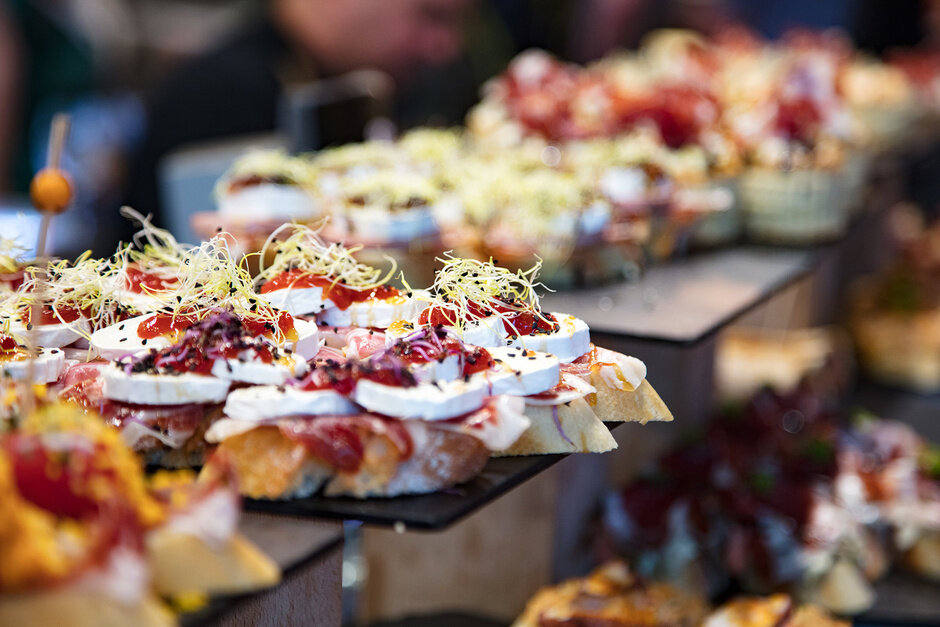
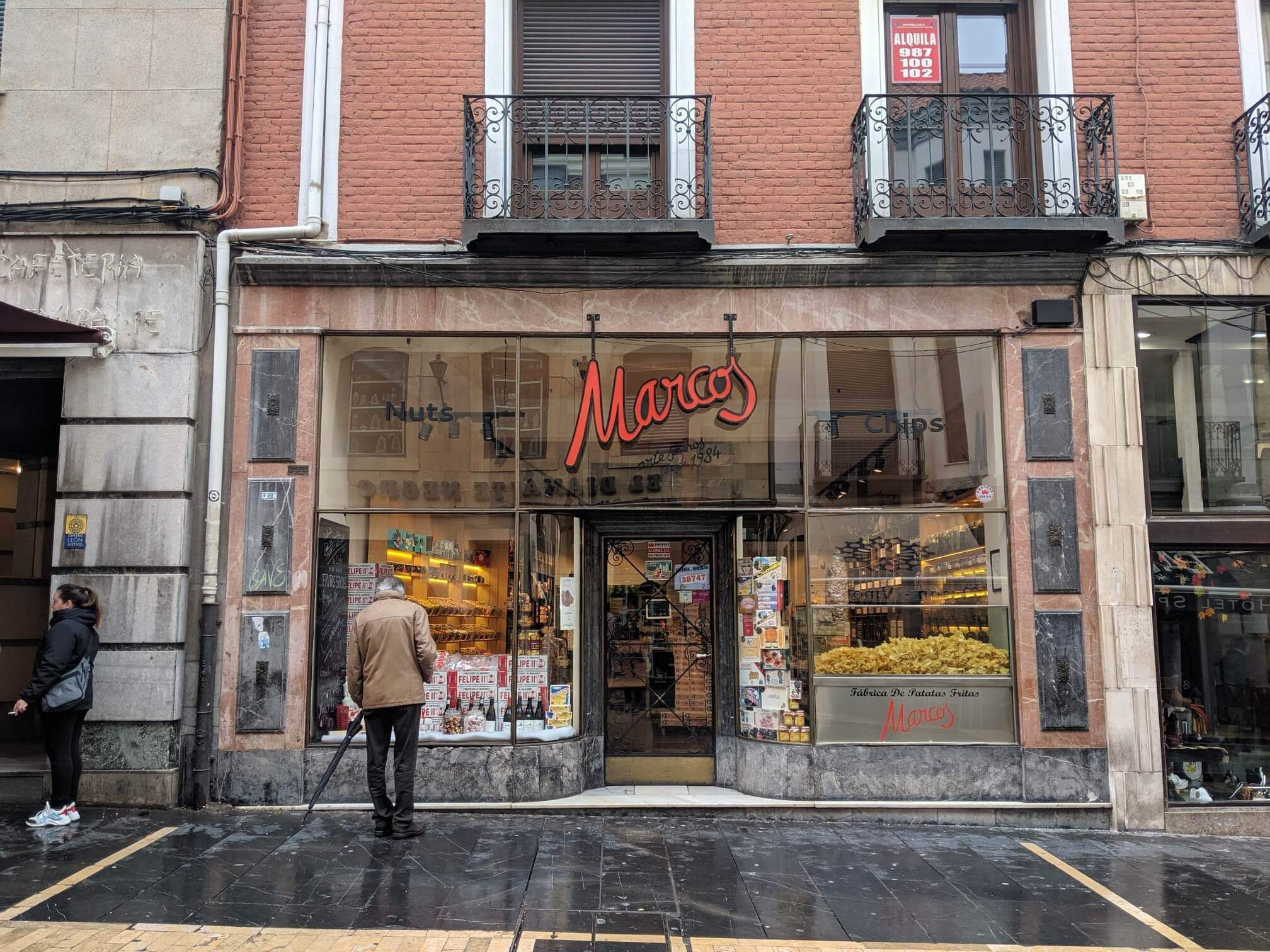
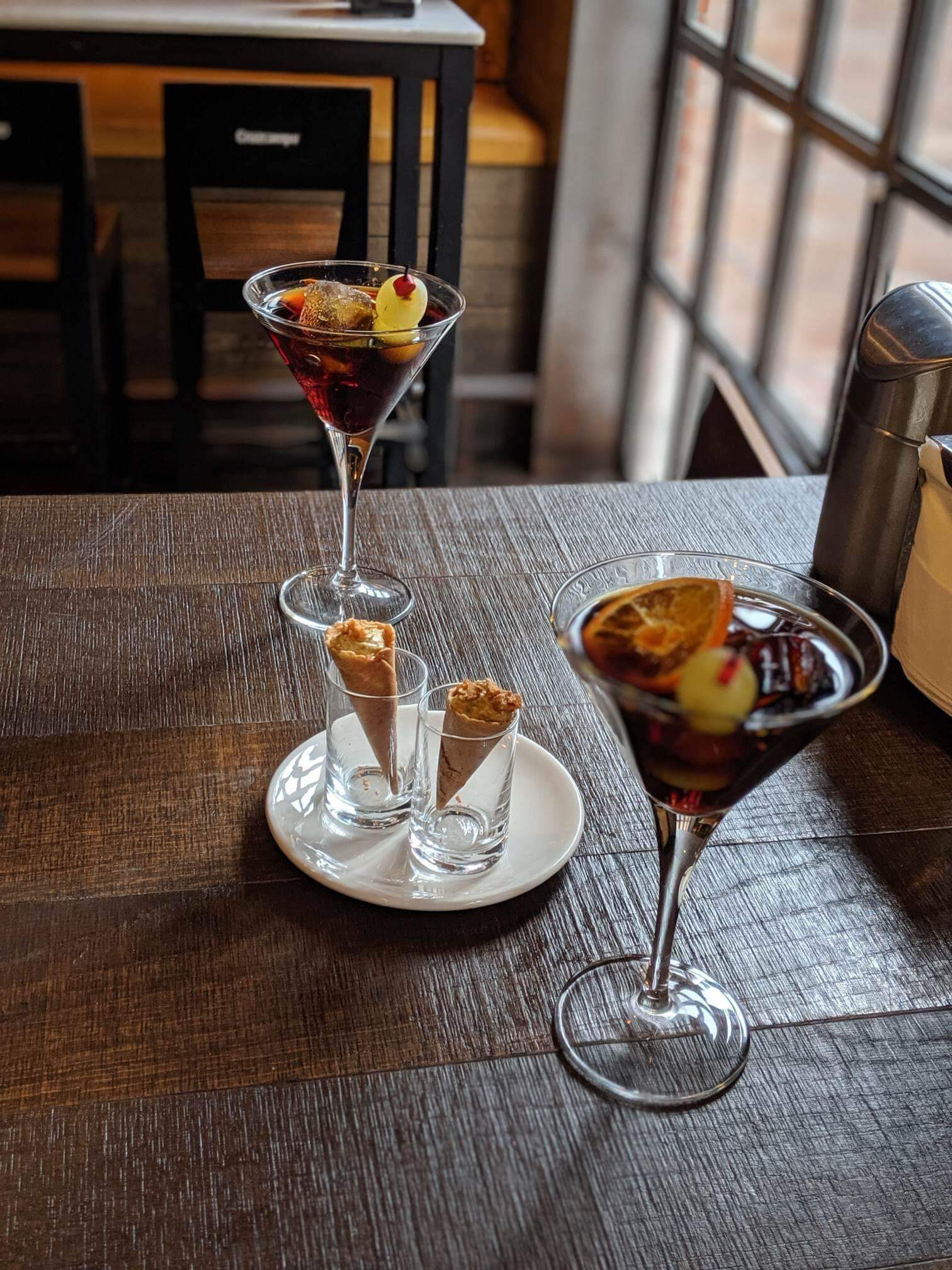
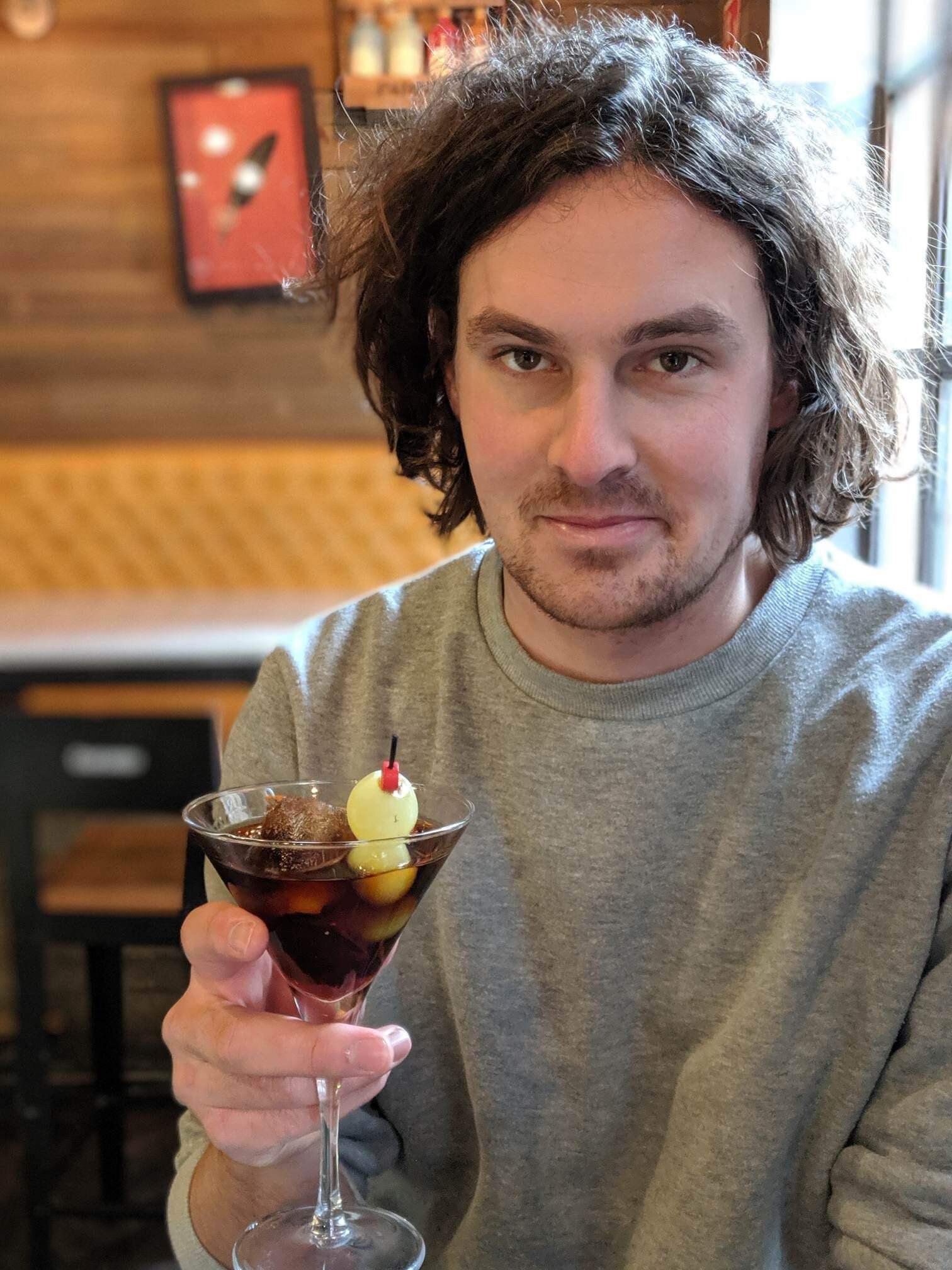
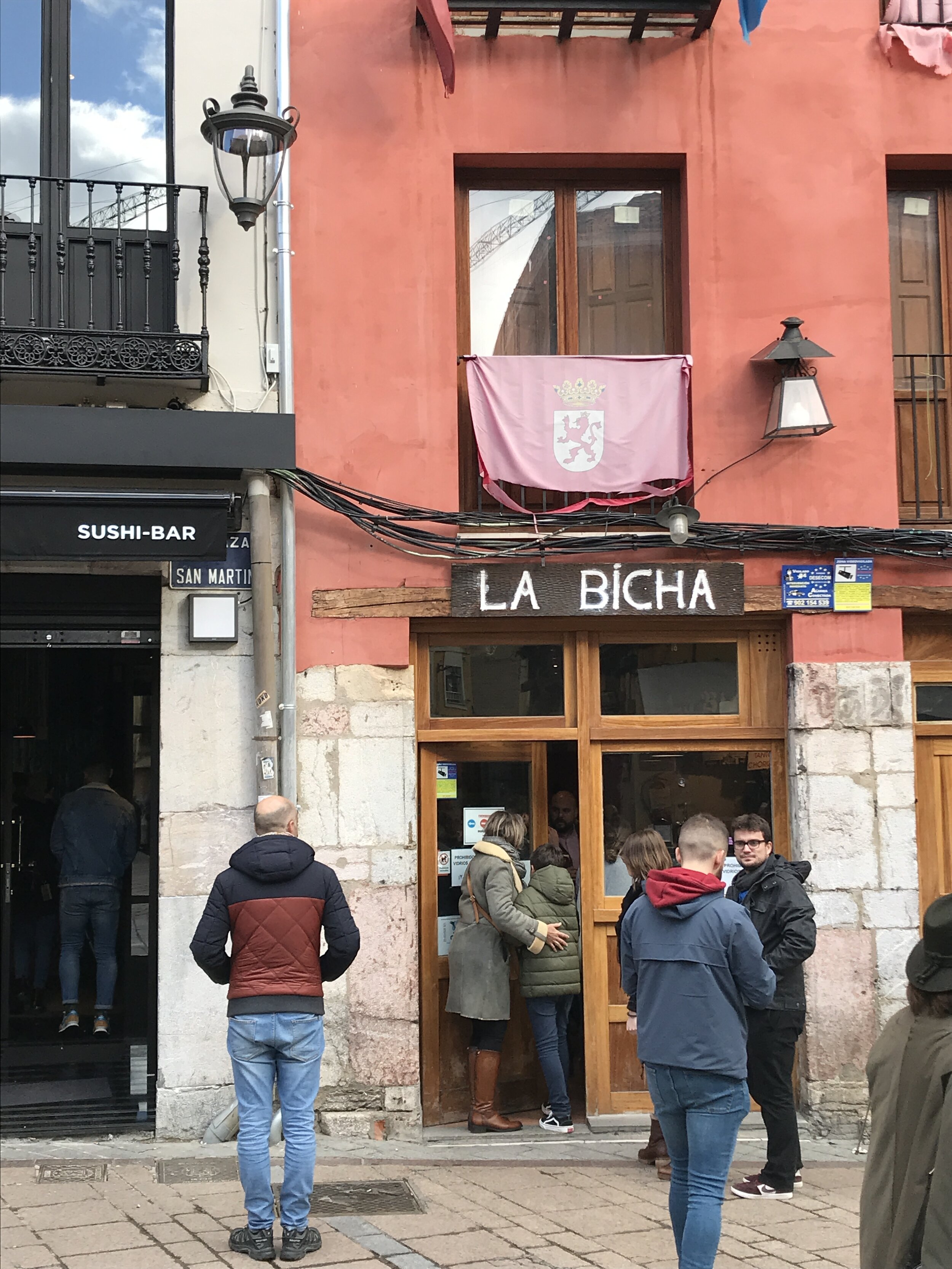
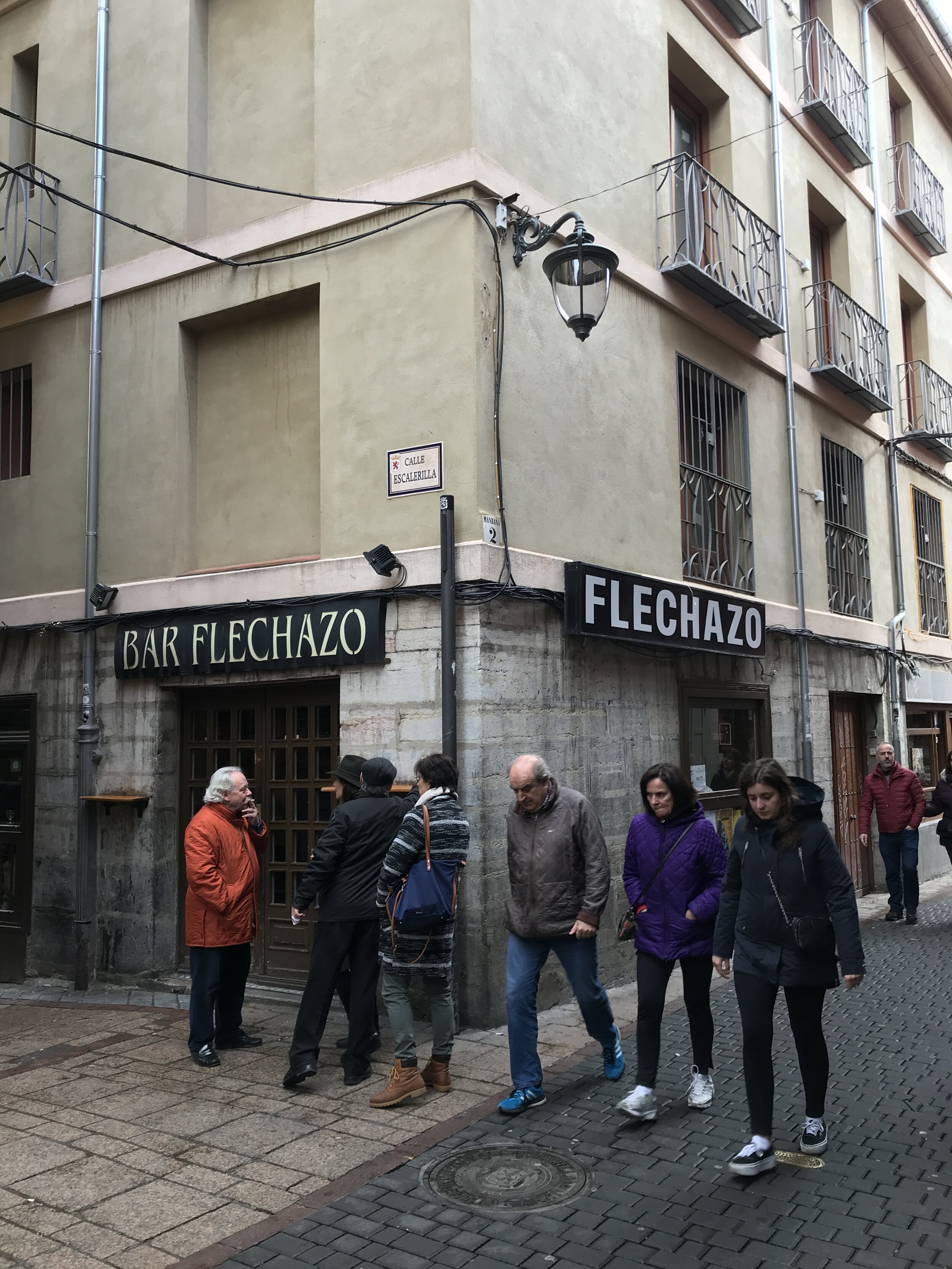

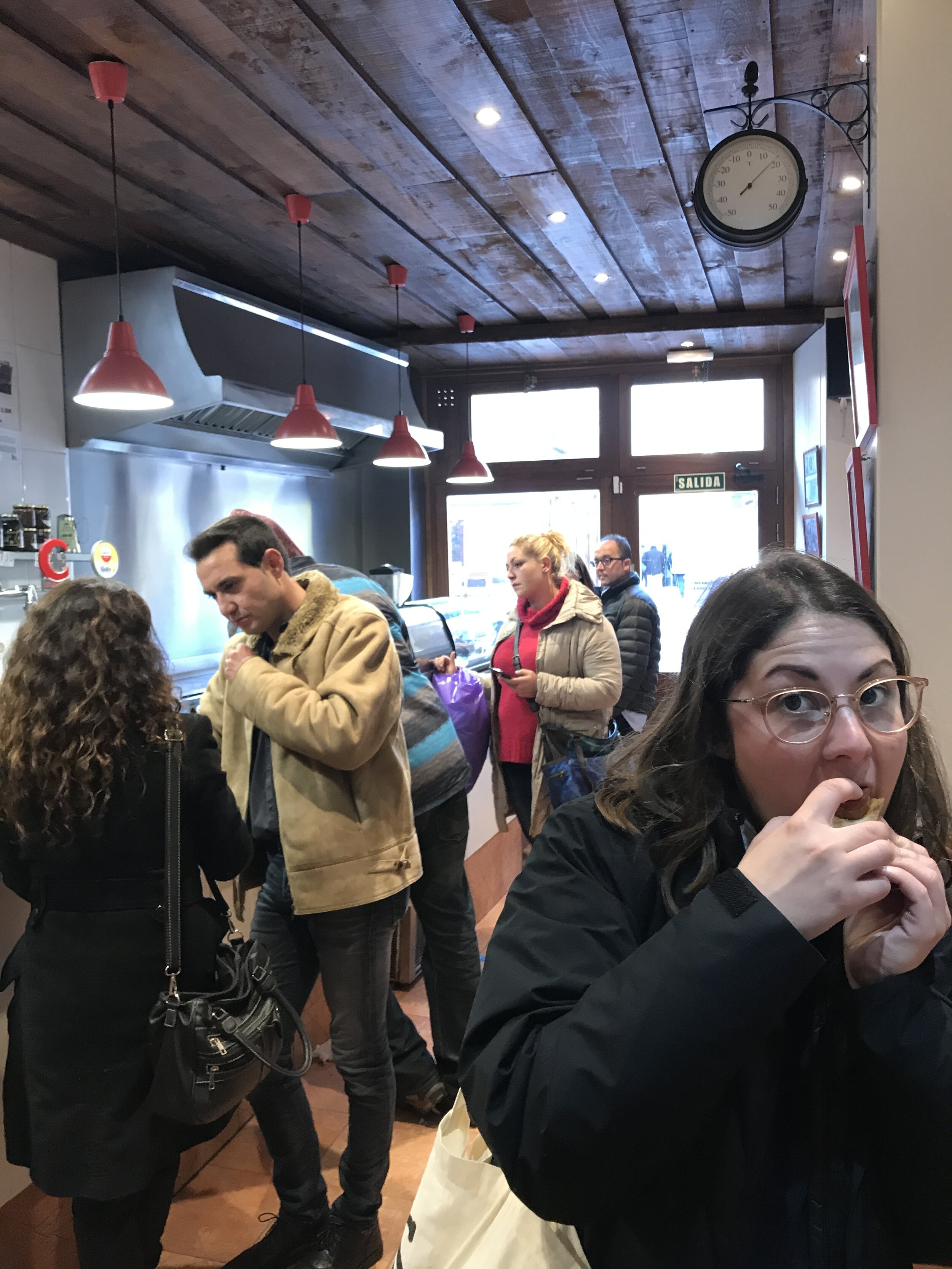
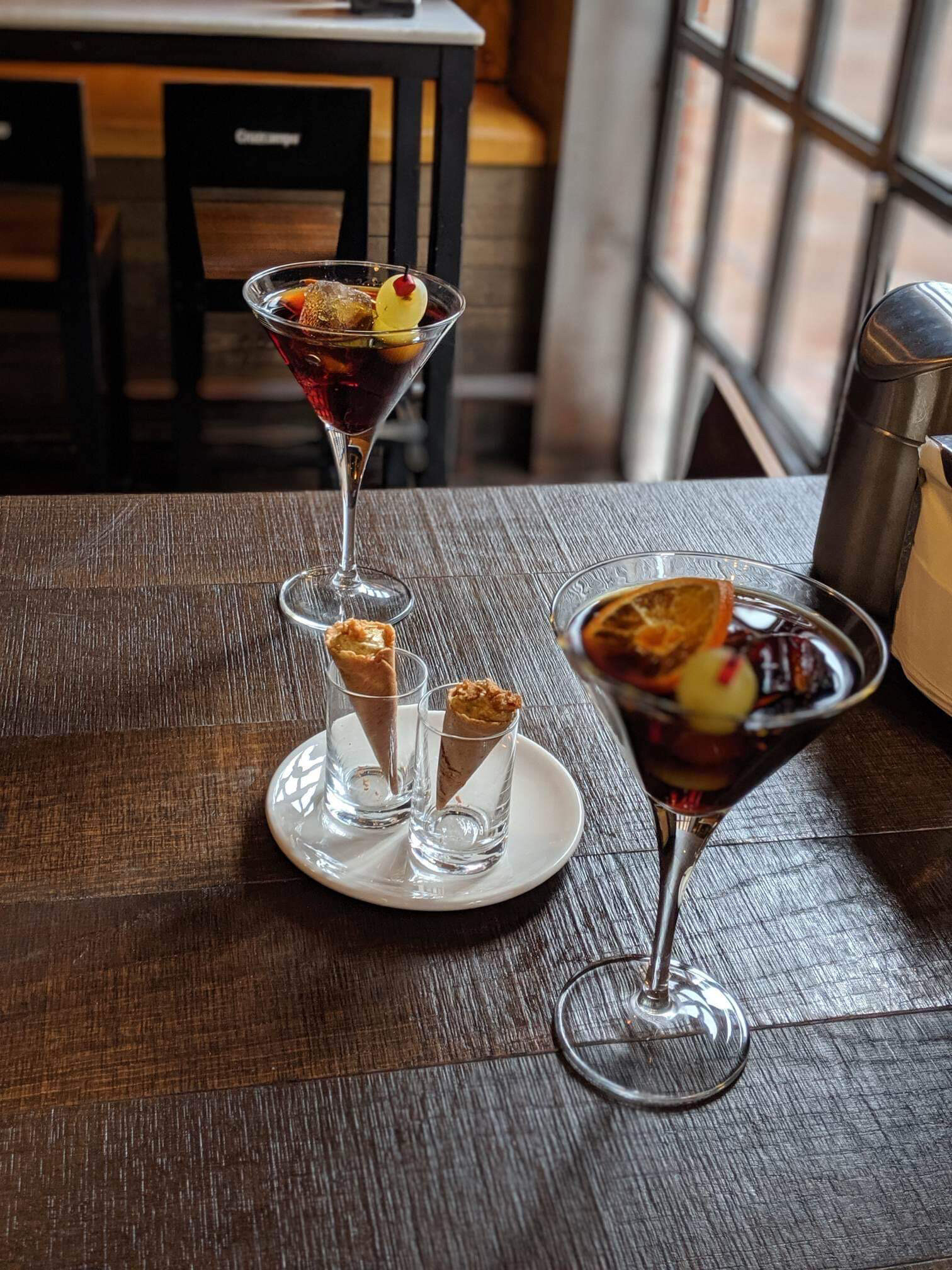











Our guide on the three best locations in Barcelona for wine, coffee and food.